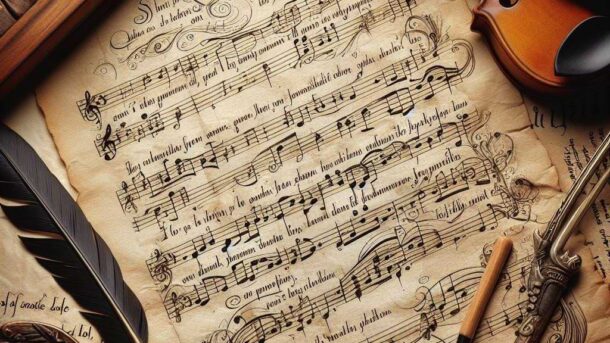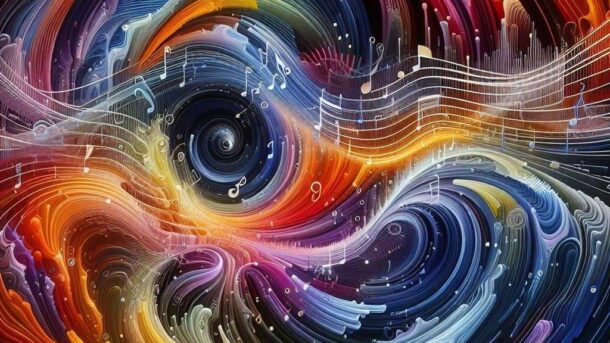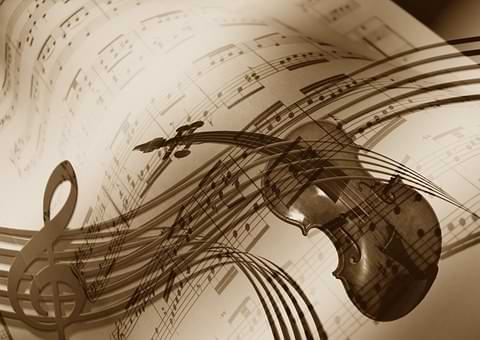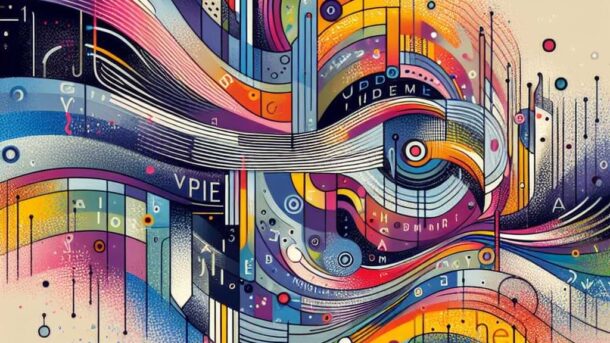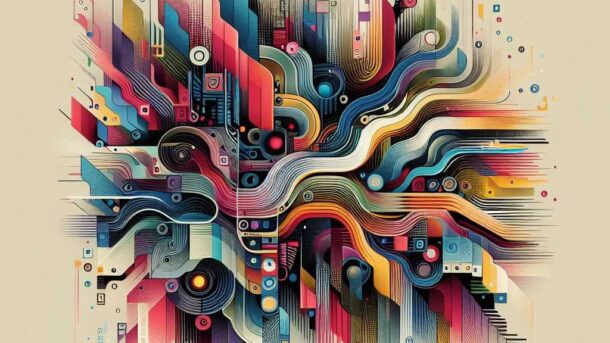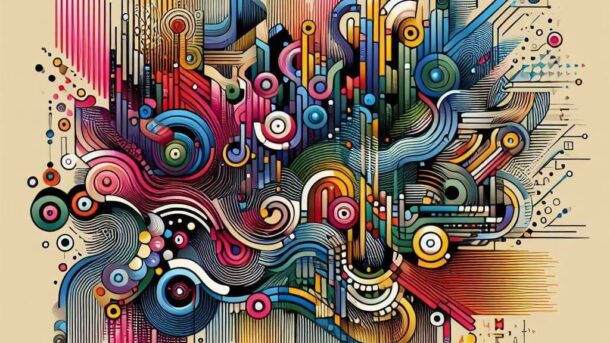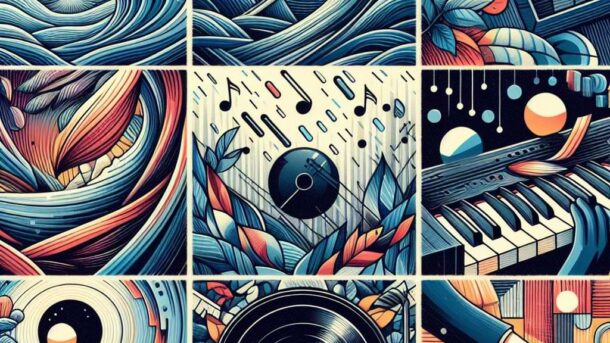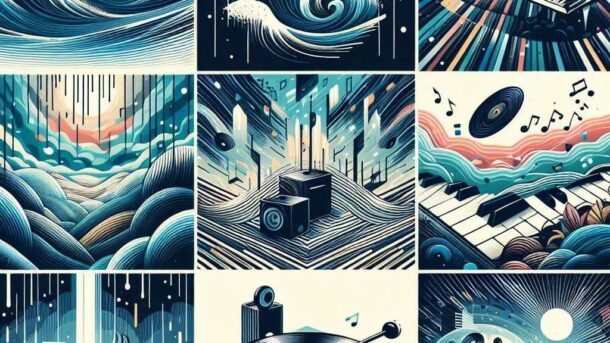olehova – Menggabungkan puisi dan musik adalah sebuah eksplorasi seni yang mendalam dan mempesona. Keduanya memiliki kekuatan masing-masing dalam menyampaikan emosi, cerita, dan ide, dan ketika digabungkan, keduanya dapat menciptakan pengalaman yang tak terlupakan bagi pendengarnya. Artikel ini akan membahas bagaimana puisi dan musik dapat digabungkan, manfaatnya, contoh-contoh karya yang memadukan puisi dan musik, serta cara membuat karya eksplorasi seni yang menggabungkan puisi dan musik.
1. Puisi dan Musik: Kekuatan dalam Seni
1.1 Kekuatan Puisi
Puisi adalah bentuk ekspresi sastra yang menggunakan kata-kata untuk mengomunikasikan perasaan, pemikiran, dan gambaran secara mendalam. Puisi memiliki ritme dan struktur yang unik, serta mampu menyampaikan emosi yang mendalam.
1.2 Kekuatan Musik
Musik adalah eksplorasi seni yang menggunakan suara dan melodi untuk menggambarkan emosi, perasaan, dan cerita. Musik dapat mempengaruhi suasana hati dan menciptakan pengalaman mendalam bagi pendengarnya.
1.3 Pengaruh Puisi dan Musik
Ketika digabungkan, puisi dan musik dapat saling memperkuat dan menciptakan pengalaman artistik yang mendalam. Keduanya memiliki kemampuan untuk menciptakan suasana dan emosi yang unik, memberikan pengalaman yang tak terlupakan bagi pendengar.
2. Manfaat Menggabungkan Puisi dan Musik
2.1 Pengalaman Emosional yang Kaya
Menggabungkan puisi dan musik dapat memberikan pengalaman emosional yang lebih kaya dan mendalam. kreativitas puisi audio dapat memperkuat emosi yang diungkapkan dalam puisi, sementara puisi memberikan kedalaman pada musik.
2.2 Ekspresi Artistik yang Unik
Kombinasi puisi dan musik memberikan seniman kesempatan untuk bereksperimen dan menciptakan karya seni yang unik dan inovatif.
2.3 Menjembatani Berbagai Bentuk Seni
Menggabungkan puisi dan musik menjembatani berbagai bentuk seni, seperti sastra dan musik, dan membuka jalan bagi kolaborasi antara seniman dari berbagai disiplin ilmu.
3. Contoh-contoh Karya Menggabungkan Puisi dan Musik
3.1 Musikalisasi Puisi
Musikalisasi puisi adalah proses mengatur puisi menjadi bentuk musik. Banyak penyair dan musisi yang berkolaborasi untuk menciptakan lagu yang menggunakan puisi sebagai liriknya.
3.2 Puisi Musikalisasi
Beberapa seniman memilih untuk menciptakan puisi yang diiringi musik. Dalam pendekatan ini, musik berperan sebagai latar belakang yang memperkuat dan mendukung penyampaian puisi.
3.3 Pertunjukan Puisi dan Musik
Pertunjukan puisi dan musik adalah bentuk eksplorasi seni pertunjukan yang menggabungkan elemen-elemen puisi dan musik. Ini dapat mencakup pertunjukan puisi yang diiringi musik live atau pertunjukan yang menggabungkan elemen tari dan teater.
4. Cara Membuat Karya Seni Menggabungkan Puisi dan Musik
4.1 Pilih Puisi yang Tepat
Langkah pertama dalam menggabungkan puisi dan musik adalah memilih puisi yang cocok untuk diiringi musik. Puisi dengan ritme dan struktur yang jelas seringkali lebih mudah diadaptasi menjadi bentuk musik.
4.2 Tentukan Gaya Musik
Pilih gaya musik yang sesuai dengan puisi yang dipilih. Gaya musik yang berbeda dapat memberikan nuansa yang berbeda pada puisi.
4.3 Buat Komposisi Musik
Buat komposisi musik yang mendukung dan memperkuat puisi. Pertimbangkan melodi, harmoni, dan ritme yang sesuai dengan emosi dan pesan puisi.
4.4 Latih Penyampaian Puisi
Latih penyampaian puisi dengan musik yang telah dikomposisikan. Pastikan puisi dan musik saling melengkapi dan menciptakan harmoni.
4.5 Bereksperimen dengan Elemen Lain
Bereksperimen dengan elemen lain seperti suara latar, instrumen tambahan, atau efek suara untuk menambahkan kedalaman pada karya seni Anda.
5. Tantangan dan Peluang Menggabungkan Puisi dan Musik
5.1 Tantangan
- Kesulitan dalam Penyesuaian: Menyesuaikan puisi dan musik agar saling melengkapi bisa menjadi tantangan tersendiri.
- Perbedaan Gaya: Puisi dan musik mungkin memiliki gaya yang berbeda, sehingga perlu disesuaikan agar keduanya sejalan.
- Keberagaman Preferensi: Setiap orang memiliki preferensi yang berbeda terhadap puisi dan musik, sehingga menemukan keseimbangan bisa menjadi tantangan.
5.2 Peluang
- Kreativitas Tanpa Batas: Menggabungkan puisi dan musik membuka peluang untuk eksplorasi kreatif tanpa batas.
- Pengalaman Baru bagi Pendengar: Kombinasi puisi dan musik dapat memberikan pengalaman baru dan mendalam bagi pendengar.
- Peluang Kolaborasi: Kolaborasi antara penyair dan musisi dapat menghasilkan karya seni yang unik dan menarik.
Menggabungkan puisi dan musik eksplorasi seniadalah bentuk eksplorasi seni yang mendalam dan mempesona. Kedua seni ini dapat saling memperkuat dan menciptakan pengalaman artistik yang unik dan mendalam. Dengan memilih puisi dan musik yang tepat, serta berani bereksperimen, seniman dapat menciptakan karya seni yang unik dan menarik.
Bagi para penikmat seni, menggabungkan puisi dan musik dapat memberikan pengalaman baru dan mendalam. Dengan terus mendukung dan mengeksplorasi kombinasi ini, kita dapat menikmati karya seni yang kaya dan inovatif dalam dunia puisi dan musik. Kunjungi situs kami Situs Agen Bola untuk bermain game seru dan klaim hadiah besarnya
